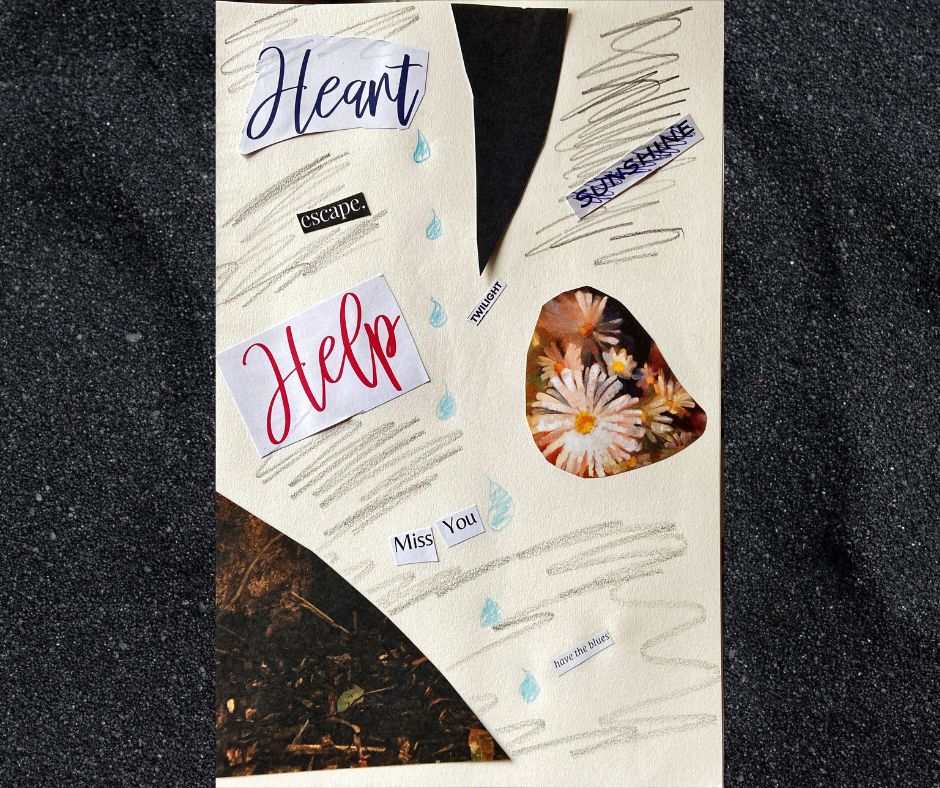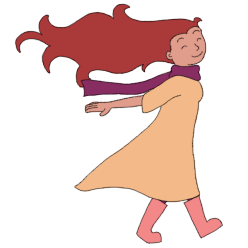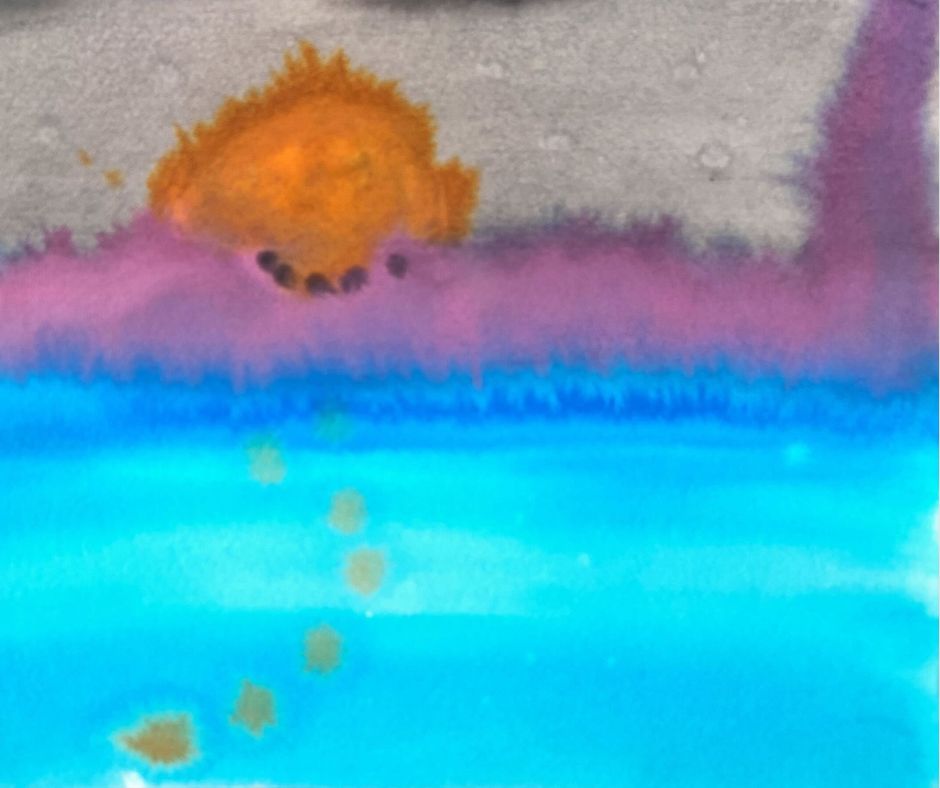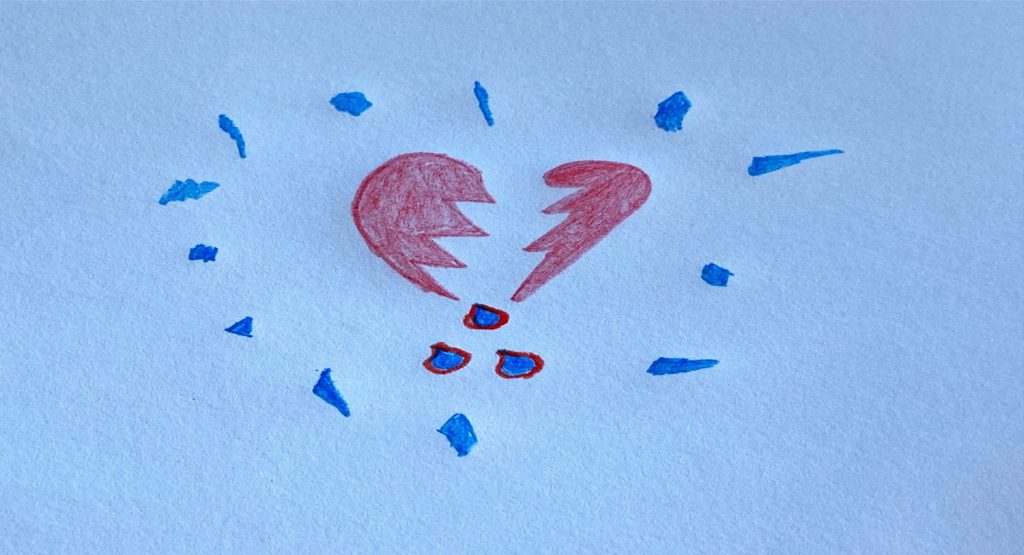
Grief and Trauma are experienced by most people in very similar ways.
The most common ones experienced are:
• There are a lot of emotions.
• Most people experience confusion and disorientation.
• Your trust in the world may be shattered.
• You are likely to feel you have lost your understanding of who you are.
What Research Demonstrates About Journalling
Journalling has been shown by researchers to be a powerful approach to use in healing.
The act of putting thoughts, feeling and experiences on paper allows you to experience them differently.
How To Journal
What you put on paper doesn’t have to be coherent. Early on in the experience of grief you may find words impossible to put down.
This is when other ways of expressing yourself in the journal work effectively.
If you can find a Visual Art Diary that is a good note pad to use for journalling. The pages are blank and thicker than a writing diary. This allows you to use other media if you need to.
Drawing, even if it is just squiggles on the paper, can express what you have no words for.
Painting also is effective.
Some people use collage. They draw great comfort from cutting out pictures and words and sticking them on the paper.
Even if you write random words you can find that an effective way to express yourself.
The Benefits of Journalling
This journalling is a way to express and witness your grief. It allows you to see your experience from a different perspective. It can help you to realise things you may not have been aware of. It gives you a greater understanding of what you are experiencing.
Journalling is also a way to share your story with others, should you decide to show another person your journal.
The journal can also be a beautiful legacy of love.
Another benefit of journalling is that it allows you to put your thoughts where you can see them. Instead of having those thoughts playing over and over again in your mind, you can put them on paper. Putting those thoughts on paper is a wonderful way to release them, to allow yourself to look at them from a different perspective and maybe see them differently.
The 6 benefits of Journalling:
- It helps you to process your grief.
- It gives what you are feeling a structure. You may name what you are experiencing and that naming of the feeling is important for processing it. In addition it gives you permission to experience that feeling, whereas you may have pushed it aside had you not taken the time to put it on paper.
- Grief and trauma happen to you and are out of your control. When you put your feelings on paper you gain control over those feelings and your life.
- By putting your experience on paper you change the story. I have written before about the stories we tell ourselves in life. You get to write the story of your grief and journalling allows you to do that.
- Journalling allows you to step back, even if just a little. This allow you to see the whole story of your grief. It allows you to move on from parts of your story that you may be stuck in.
- Journalling helps you to acknowledge and experience your feelings. Putting your experience on paper allows you to feel seen and heard. If you show others they can understand better that you are going through. They can discover things you may struggle to put into words.
Can I Help?
Sometimes you may not have anyone to witness your grief. Or you may find that other people don’t understand. Or you may feel you are not grieving ‘properly’ and need guidance and reassurance. This is where seeing a grief trained counsellor can help.
If you would like to talk to me about how I can help you with your grief and/or trauma, please contact me on 0409396608 or nan@plentifullifecounselling.com.au
If you would like to learn more, I write a regular newsletter with helpful information, tips, information on courses, and the occasional freebie. At the moment I have a free mindfulness meditation for anyone who signs up to my newsletter. This meditation offers a way to safely explore your feelings and learn to be okay with them. If you would like to subscribe please click on the link here: http://eepurl.com/g8Jpiz


